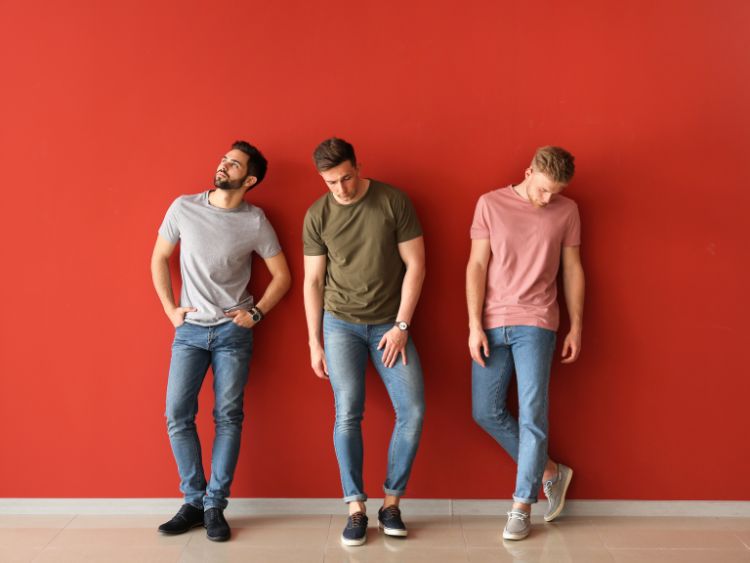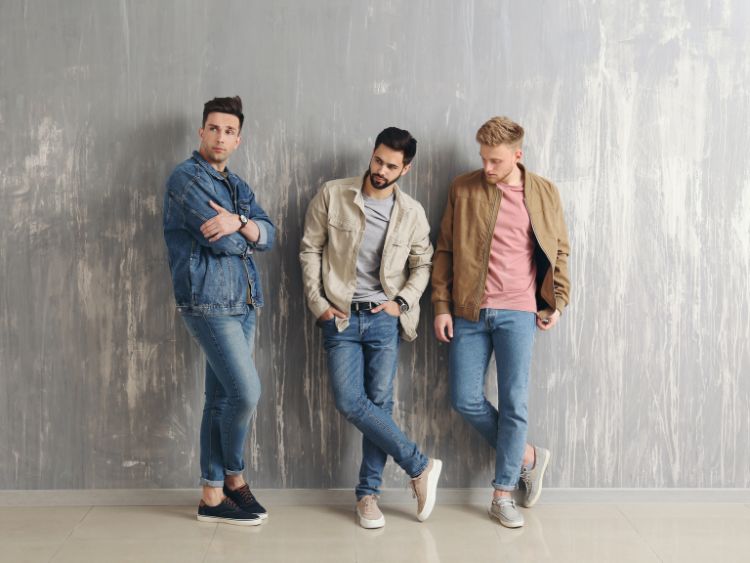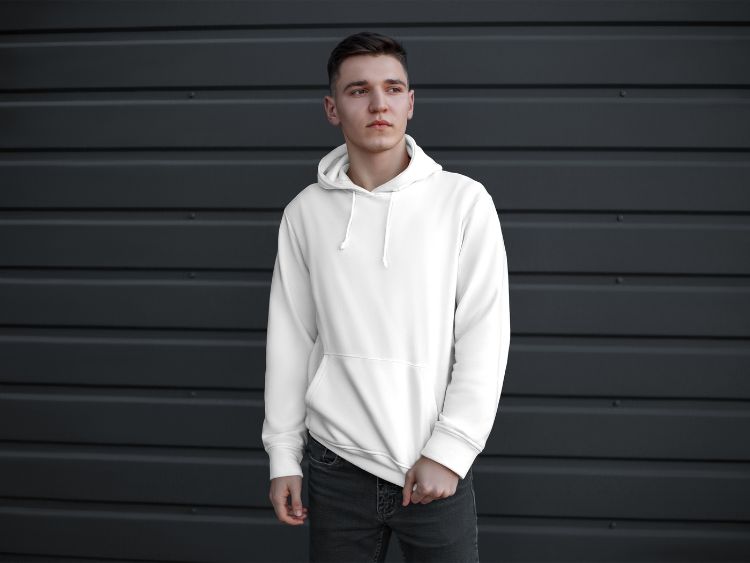In the ever-evolving world of digital imagery, street style photo editing has carved out its own aesthetic space—gritty, vibrant, raw, and incredibly real. It’s more than just adding filters or tweaking brightness; it’s about translating the rhythm of urban life into visuals that evoke mood, energy, and attitude. Whether you’re working with a quick snap from your phone or a high-resolution DSLR shot, editing plays a vital role in making those everyday moments shine with intentional flair.
What Makes Street Style Photography Unique
Street style photography isn’t staged in studios with flawless backdrops or controlled lighting. Instead, it’s raw and spontaneous, capturing the unpredictable energy of city life. Think graffiti walls, crosswalks, neon signs, reflections in puddles, or people in motion. These photographs are rooted in realness, and editing them requires an approach that retains authenticity while enhancing mood and style.
Unlike high-fashion or portrait shots that often focus on perfection, street photography embraces imperfection. That’s exactly why street style photo editing needs a distinct balance—it should amplify emotion and vibe without stripping away the candid essence. This form of visual storytelling relies heavily on mood, texture, and narrative.
Understanding the Street Style Aesthetic in Editing
At the heart of street style photo editing lies an intentional aesthetic. This isn’t about over-smoothing skin or whitening backgrounds. Instead, it’s about adding grit, warmth, or cool tones that match the city’s pulse. Editors often work with muted blacks, moody highlights, or dramatic contrast to draw the eye toward the subject without overwhelming the background.
Color grading is where the magic happens. Subtle tweaks in hue, saturation, and luminance can drastically alter the feel of a shot. Some edits lean into warm, sepia-like tones for a nostalgic vibe. Others go for cool, bluish shadows to evoke a modern, urban chill. The goal is always the same—to enhance without losing the soul of the image.
Mastering Light and Shadow in Street Photography
One of the trickiest aspects of editing street-style photos is managing light and shadow. Natural light changes by the second on the street, casting unpredictable shadows and highlights across faces, sidewalks, and buildings. Great editing techniques embrace this dynamic interplay rather than trying to flatten it out.
Editors often dodge and burn selectively to enhance certain elements—maybe to brighten a face caught in a shadow or deepen the contrast on a brick wall. This adds drama and guides the viewer’s eye through the frame. Harnessing shadow effectively gives the photo depth and intensity, two crucial elements of strong street imagery.
The Role of Texture and Grain in Adding Realness
Street style doesn’t come polished—and that’s the beauty of it. Many editors deliberately add grain or retain the natural texture of the photo to keep that gritty, raw feeling alive. Grain mimics the look of vintage film photography, making digital images feel more tactile and timeless. It also adds dimension and prevents a photo from looking overly edited.
Texture isn’t just about surfaces; it’s about how your viewer perceives the mood. Brick walls, denim jackets, leather shoes, or even the scuff on a curb can pop beautifully when enhanced correctly. Clarity adjustments or micro-contrast tweaks can help these details come forward, making a static image feel alive.
Editing for Fashion and Movement in Street Style Shots
Street photography often intersects with fashion, especially when capturing individuals whose style speaks volumes. Editing fashion-forward street shots demands a good eye for detail—highlighting fabric textures, balancing colors in clothing, and ensuring skin tones remain natural.
Movement is another element editors frequently contend with. Whether it’s someone mid-stride or a cyclist zipping past, freezing motion and maintaining sharpness in post-processing is vital. Techniques like selective sharpening, motion blur adjustment, and clarity control can refine these action-packed frames into editorial-worthy pieces.
The Art of Storytelling Through Street Style Edits
What truly sets street style photo editing apart is its ability to tell a story. Every image is a frozen second in someone’s daily life, and editing should elevate that story, not erase it. Editors often lean into the narrative by enhancing the scene’s ambiance—maybe intensifying a rainy sky or emphasizing golden hour lighting.
The edit should evoke emotion. A scene of a lone figure walking down a foggy alley might call for desaturated colors and cool tones. On the other hand, a bustling street corner filled with color and energy might benefit from vivid contrast and saturated hues. These choices pull the viewer into the moment, letting them feel the rhythm of the street.
Finding Your Signature Look in Street Style Editing
Consistency is key, especially if you’re building a portfolio or social feed. Many street style photographers develop a signature editing style—be it moody noir, sun-washed vintage, or hyper-vibrant urban. This doesn’t mean every photo looks identical, but rather that there’s a visual cohesion running through your work.
Experimenting with presets or creating your own can help streamline your editing process without sacrificing creativity. However, presets should always be seen as starting points, not final touches. Every photo is different, and a keen eye is required to fine-tune adjustments and preserve the magic of the original moment.
Editing Tools That Elevate Street Style Photos
While your creative vision is your greatest tool, having the right software can make all the difference. Adobe Lightroom and Photoshop remain industry favorites for their robust editing capabilities. Lightroom excels in global adjustments like exposure, white balance, and color grading, while Photoshop is unmatched for retouching and layer-based edits.
For those who prefer mobile editing, apps like VSCO, Snapseed, and Adobe Lightroom Mobile pack a punch and are perfect for on-the-go tweaks. Regardless of the platform, the best edits come from a combination of technical skill and an intuitive sense of storytelling.
Street Style Editing Mistakes to Avoid
While creative freedom is essential, over-editing can ruin a perfectly good street shot. Oversaturated colors, unnatural skin tones, or excessive smoothing can strip a photo of its raw authenticity. Another common misstep is cropping too tightly, losing valuable context that adds to the narrative.
Preserving the soul of the street means embracing its imperfections—like cluttered backgrounds, uneven lighting, or unexpected photo-bombers. Sometimes, these so-called flaws become the most memorable parts of the image.
Closing Thoughts: Making the Streets Speak
Street style photo editing isn’t about perfection—it’s about presence. It’s the final touch that transforms everyday moments into compelling visual stories. When done right, editing enhances the unique character of each frame, keeping the spirit of the street alive and pulsing through every pixel. Whether you’re a seasoned pro or a beginner with a passion for city life, honing your street style editing skills will help your work stand out and resonate.
Each photo you edit is more than just a snapshot—it’s a narrative, a vibe, a slice of life. And through thoughtful, intentional editing, you give voice to the streets, one frame at a time.


